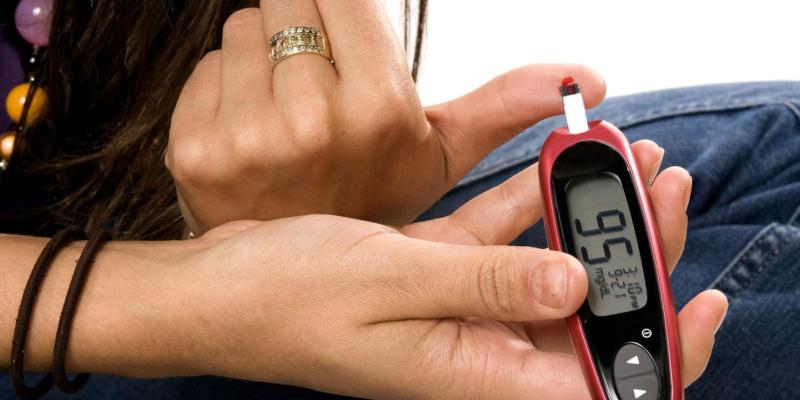Blood glucose (blood sugar) checks are a routine part of diabetes self-management, but for people with diabetes who don’t take insulin, research suggests those checks might not be necessary.
But don’t toss out your blood glucose meter and your test strips just yet. The question of whether routine self-monitoring of blood glucose (SMBG) has value remains unsettled. And it leads to other questions. For example: Even if self-monitoring does prove to be unnecessary for many adults with type 2 diabetes not on insulin, might there still be people in this group who would benefit or circumstances that would require self-monitoring?
The evidence

With all the things that people with diabetes need to do, self-monitoring might not be the best thing you could do with your time. Instead, that time could be used for making other healthy behavior choices.
Self-monitoring may be beneficial when done in a structured manner. Here’s how it works: You receive a monitoring schedule, usually requiring several checks a day before and after meals, and you are taught how to recognize and manage patterns of highs and lows based on your numbers. Your doctor, in turn, uses your monitoring results to help guide your treatment plan. Research indicates that such monitoring can help people with type 2 diabetes whose blood glucose levels are well above their goals.
Researchers believe that blood glucose monitoring may prove helpful even in the short term, particularly for people who struggle to manage their levels. Structured self-monitoring of blood glucose can be useful to help people understand the impact of food and activity on their blood glucose levels and could be used for a short period as part of general diabetes education program.
And while other experts agree that structured monitoring can provide some benefits, they worry that it may require too much effort for too little benefit.
It’s about individuals
Medical studies base their conclusions on evidence gathered from the large number of people who participate in them. Done well, they can help determine what does and does not benefit the average person. But physicians, diabetes educators and other providers don’t treat averages. They treat individuals with specific needs and circumstances. And it’s important that they focus on what the individual is able, as well as willing, to do and what’s going to benefit them.
The fact is, many health care providers consider routine monitoring unnecessary for their patients that effectively manage their diabetes with diet and exercise or with one or two medications that don’t boost their risk of hypoglycemia (low blood glucose). But monitoring can be essential for people who do take medications that can cause low blood glucose, such as meglitinides, sulfonylureas and insulin—and this is especially true for those who may not notice the symptoms of hypoglycemia in time to prevent such dangerous consequences as a car accident or coma. Routine monitoring, including before getting behind the wheel, could prevent serious hypoglycemic events in people who use such meds.
Meter on standby
Approaching the issue of blood glucose checks with individualized care in mind is a start. But it’s not the whole story. Just as there’s variation in therapy among people with diabetes, there’s also variation in therapy for each person, depending on circumstances.
Take, for example, a woman with type 2 who keeps her blood glucose in goal range without daily blood glucose checks. She may not need regular self-monitoring to manage her diabetes, but an illness or a new medication might affect her numbers. Meter checks can provide important information to share with her provider.
Many doctors recommend that adults with type 2 who don’t rely on daily blood glucose checks keep a blood glucose meter on hand, understand how to use it and know how to interpret the readings. Whether starting on a new medication or trying to determine if the reason you’re not feeling well is your diabetes or something else, there are a number of reasons you might want to test.
But there’s a catch: Self-monitoring is only effective if people have been taught how to interpret the results and how to use those results to improve their blood glucose. To be useful, blood glucose monitoring must be integrated into the diabetes self-management plan in a personalized way so that results are meaningful to the individual.
The complexity of this issue demonstrates the important role of diabetes educators. People with diabetes need to be taught when to monitor more often because in a rapidly changing situation, their A1C is not going to tell the story.
To check or not to check?
Ultimately, while the researchers mentioned here found that blood glucose monitoring had no effect on the A1Cs of those with type 2 who did not take insulin, they hope that their findings will inspire both adults with diabetes and providers to regularly engage in conversations about the question.
If you currently monitor, you shouldn’t stop doing so without first consulting your physician.
And while it’s the rare person who would choose to monitor if a doctor deemed it unnecessary, it’s ultimately very individual. In the end, patient-centric care matters most.
Curious about the options when it comes to glucose meters? Check out our Consumer Guide.

